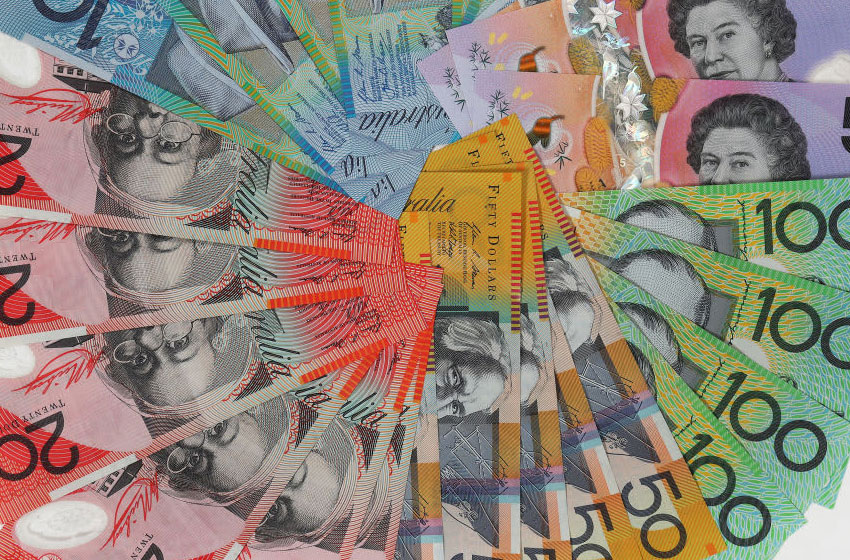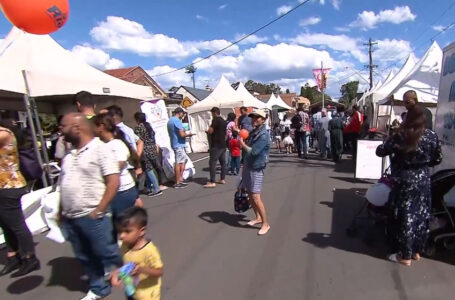RBA confirms March interest rate rises as households struggle with record mortgage payments

The news of rising interest rates has been making the rounds for the last few months, and the Reserve Bank of Australia has confirmed the same accordingly. As per the recent developments, mortgage holders would need to pay record-high repayments, as the RBA indicated another interest rate rise for March 2023.
Moreover, earlier in February, RBA raised the official cash rate, which guides interest rates set by lenders up to 25 basis points to 3.35 percent. Besides, the arguments and discussions that took place in the February meeting deliberated over whether a 25 or 50-basis-point rise was appropriate. Ultimately, the decision veered towards the former as the latter would be too much, given the previous nine consecutive hikes.
The arguments took note of the fact that inflation will reach its peak, and the aim is to soften consumption growth; besides, there were many uncertainties around the outlook.
The case for the 50 basis point rise originated from the concern that high inflation would remain persistent, leading to the risk of higher price and wage expectations. Admittedly, it is a noticeable shift from when the board last met in December 2022, when it thought of keeping the cash rate on hold.
The minutes noted the concern that households with variable-rate loans would soon be hitting record highs but insisted savings acquired during the pandemic could hold them over.

In fact, the minutes pointed out that interest rates on variable-rate home loans had significantly risen over the preceding months, and the required mortgage payments were projected to reach their highest level on record. However, the members highlighted that the measures indicate that the extra savings accumulated in Australia in the preceding three years were very large.
Moreover, it is noteworthy to highlight that the RBA has followed in the footsteps of other central banks around the world in increasing the rates to control runaway inflation. Besides, inflation reached 7.8 percent in December 2022 in Australia, which is its highest level since 1990.
The board members agreed that inflation has been too high, and the incoming data on prices and labour costs tend to exceed expectations.
On the other hand, a major concern of the central bank board was the strength of wage growth in the private sector, which had witnessed a stronger outcome than the previous forecast, which was expected for the December quarter.
Furthermore, the concern has been indicated by the information from liaison contacts, with around one-third of private sector firms reporting wage increases above 5 percent. Growth in the Wage Price Index was expected to rise to 4.25 percent by late 2023 before easing to around 3.75 percent by mid-2025 as conditions in the labour market ease.

The members of the board highlighted the high degree of uncertainty around the forecast; the minutes also showed the bank’s economic forecast is based on the cash rate reaching 3.75 percent. However, ahead of the release, financial markets predicted it would hit 4.1 percent by August.
However, the board also pointed out that depending on how the households respond to rate rises, inflation could fall quicker than one expected. Therefore, the members agreed that consistent increases in interest rates would be required over the next few months; this move ensures that inflation returns to the target margin and that the current period of high inflation is temporary.







